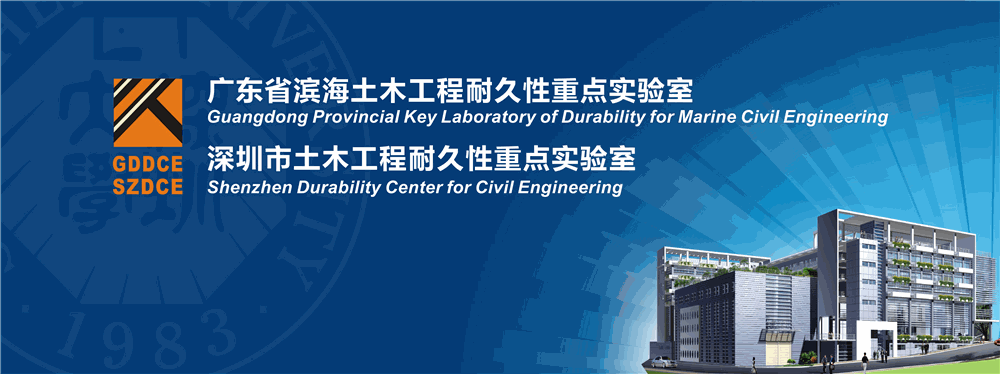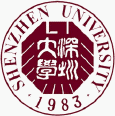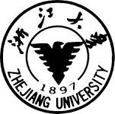Abstract
In order to develop rational guidelines for strengthening by external bonding, it is necessary to clarify longterm performance of interfacial bonding property. In this paper, moisture effects on bonding properties at FRP–concrete interface and temperature/moisture effects on bonding properties at PCM–concrete interface are presented. Shear bond strength of FRP–concrete interface is affected by moisture because resin–concrete adhesion strength is affected by moisture. Among tested CFRP external bonding systems, wet-layup CFRP systems all show the strength reduction, while prefabricated CFRP systems all show the strength increase after immersion. The bond stress–slip relationship and interfacial fracture energy also change, which can explain the change in shear bond strength. The reduction in shear bond strength does not show clear dependency on resin strength/stiffness reduction. The observed big variation in shear bond strengths reported in past studies can be explained by difference in interface roughness, since chemical bond is affected by moisture but mechanical bond is not. Tension/shear bond strength of PCM–concrete interface is affected significantly by temperature but less by moisture. The tensile/shear bond strength is less than tensile/shear strength of constituent materials (PCM and concrete). The reduction in tension/shear bond strength depends on the reduction in tensile/shear strengths of PCM and concrete and then estimated by proposed equation which is a function of PCM and concrete strength. The ultimate loads of beams strengthened by PCM overlay can be predicted by the proposed model in which the proposed tensile/shear bond strength is applied. Under high temperature, the failure mode can be changed from flexure/shear failure to debonding failure due to the reduction in shear bond strength.
Keywords
Strengthening, external bonding, overlaying, FRP, cementitious material, interface mechanical property, moisture, temperature
DOI
10.5703/1288284316105
Recommended Citation
Ueda, Tamon; Shrestha, Justin; Rashid, Khuram; and Zhang, Dawei, "Moisture and Temperature Effects on Interface Mechanical Properties for External Bonding" (2016). International Conference on Durability of Concrete Structures. 1.
https://docs.lib.purdue.edu/icdcs/2016/KEYNOTE/1
Included in
Moisture and Temperature Effects on Interface Mechanical Properties for External Bonding
In order to develop rational guidelines for strengthening by external bonding, it is necessary to clarify longterm performance of interfacial bonding property. In this paper, moisture effects on bonding properties at FRP–concrete interface and temperature/moisture effects on bonding properties at PCM–concrete interface are presented. Shear bond strength of FRP–concrete interface is affected by moisture because resin–concrete adhesion strength is affected by moisture. Among tested CFRP external bonding systems, wet-layup CFRP systems all show the strength reduction, while prefabricated CFRP systems all show the strength increase after immersion. The bond stress–slip relationship and interfacial fracture energy also change, which can explain the change in shear bond strength. The reduction in shear bond strength does not show clear dependency on resin strength/stiffness reduction. The observed big variation in shear bond strengths reported in past studies can be explained by difference in interface roughness, since chemical bond is affected by moisture but mechanical bond is not. Tension/shear bond strength of PCM–concrete interface is affected significantly by temperature but less by moisture. The tensile/shear bond strength is less than tensile/shear strength of constituent materials (PCM and concrete). The reduction in tension/shear bond strength depends on the reduction in tensile/shear strengths of PCM and concrete and then estimated by proposed equation which is a function of PCM and concrete strength. The ultimate loads of beams strengthened by PCM overlay can be predicted by the proposed model in which the proposed tensile/shear bond strength is applied. Under high temperature, the failure mode can be changed from flexure/shear failure to debonding failure due to the reduction in shear bond strength.





